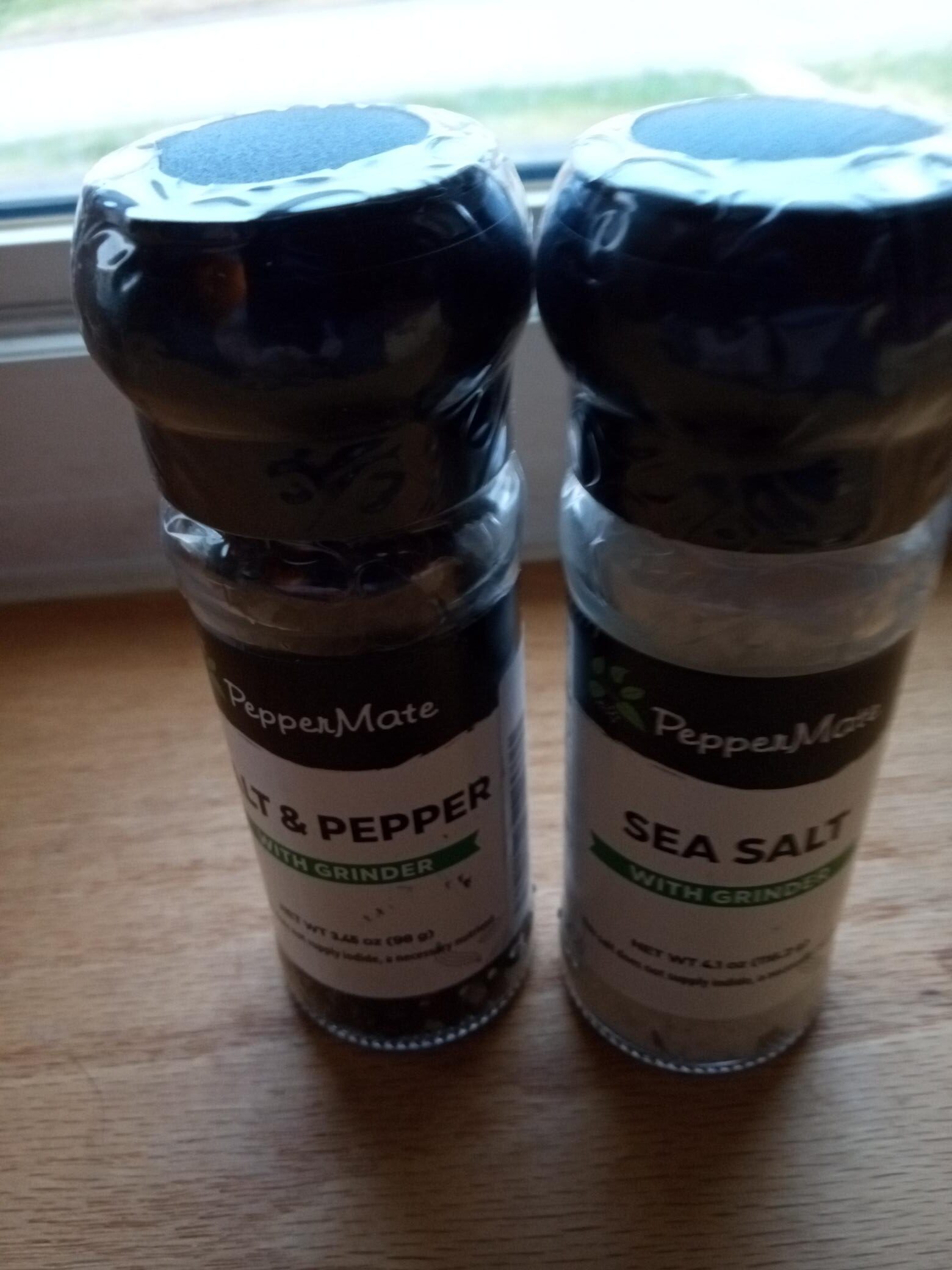With the average cost of a home improvement project exceeding $30,000, finding the best finance option is vital. Before you start looking at the different options, your first step is to determine how much you need. Whether you’re hiring a contractor or doing the work yourself, you need to sit down and plan the project in full. Once you’ve calculated how much it will cost, you should add extra for contingencies and any project upgrades you might need. With a final figure, you’re now able to narrow down your finance options.
Refinancing Your Mortgage
This option is the most common way to finance home improvements. As well as providing money for your project, it can also result in a lower mortgage interest rate. Start by asking your current mortgage lender whether they’re prepared to offer you a deal and then check out a few more lenders to compare with. Your aim should be to find an agreement with lower interest rates and monthly repayments.
Home Equity Loan/Home Equity Line of Credit
If you don’t want to refinance your mortgage, there is the option of taking out a second home loan. You’re given a lump sum upfront and have to pay it off in a certain amount of time, often 15 or 30 years. To choose the best loan, you need to look closely at the different interest rates being offered. You also need to be sure of the cost of your project. There is help available online. For example, if you want to install homeowner solar panels, Going Solar can provide information on the cost.
A home equity line of credit is a popular alternative to a loan. Rather than being given a lump sum, your lender gives you an active line of credit, up to a certain amount. Interest rates are variable, so you need to read the terms and conditions very carefully. There’s also the risk of overspending, so you need to keep a close eye on what you’re spending.
Personal Loan
A personal loan isn’t tied to the equity in your home, and you generally have two choices; a secured or an unsecured loan. Unsecured loans are more popular and, depending on your credit history, you could borrow anything between $1,000 and $50,000. If your credit score is good, you’ll be offered a preferential interest rate and a higher amount you can borrow. With a secured loan, you’ll have to offer collateral such as stocks, bonds, or your car.
Credit Cards
If your improvement project is on the small side, you could choose to cover the cost using your credit card. However, a word of caution is necessary. Remember that credit cards usually have a higher rate of interest than a loan, and late payments could cost extra money. If you decide to go with this option, aim to pay the full amount at the end of each month.
Construction/Renovation Loan
A few lenders only offer this type of loan, but it is designed specifically with home improvement projects in mind. It’s an option worth considering because funds can be released in full or in stages as your home improvement project progresses.
B/C Loan
This type of loan is designed for those with a poor credit rating. The downside, however, is that B/C loans generally have higher interest rates and costs. Before taking out this type of loan, make sure you’re able to meet the repayments, or you risk your credit score getting worse. You also need to read the terms and conditions very carefully and be sure of the amount of the monthly repayments.
Tammie~


Good to know, definitely best to do what you can if you can afford it